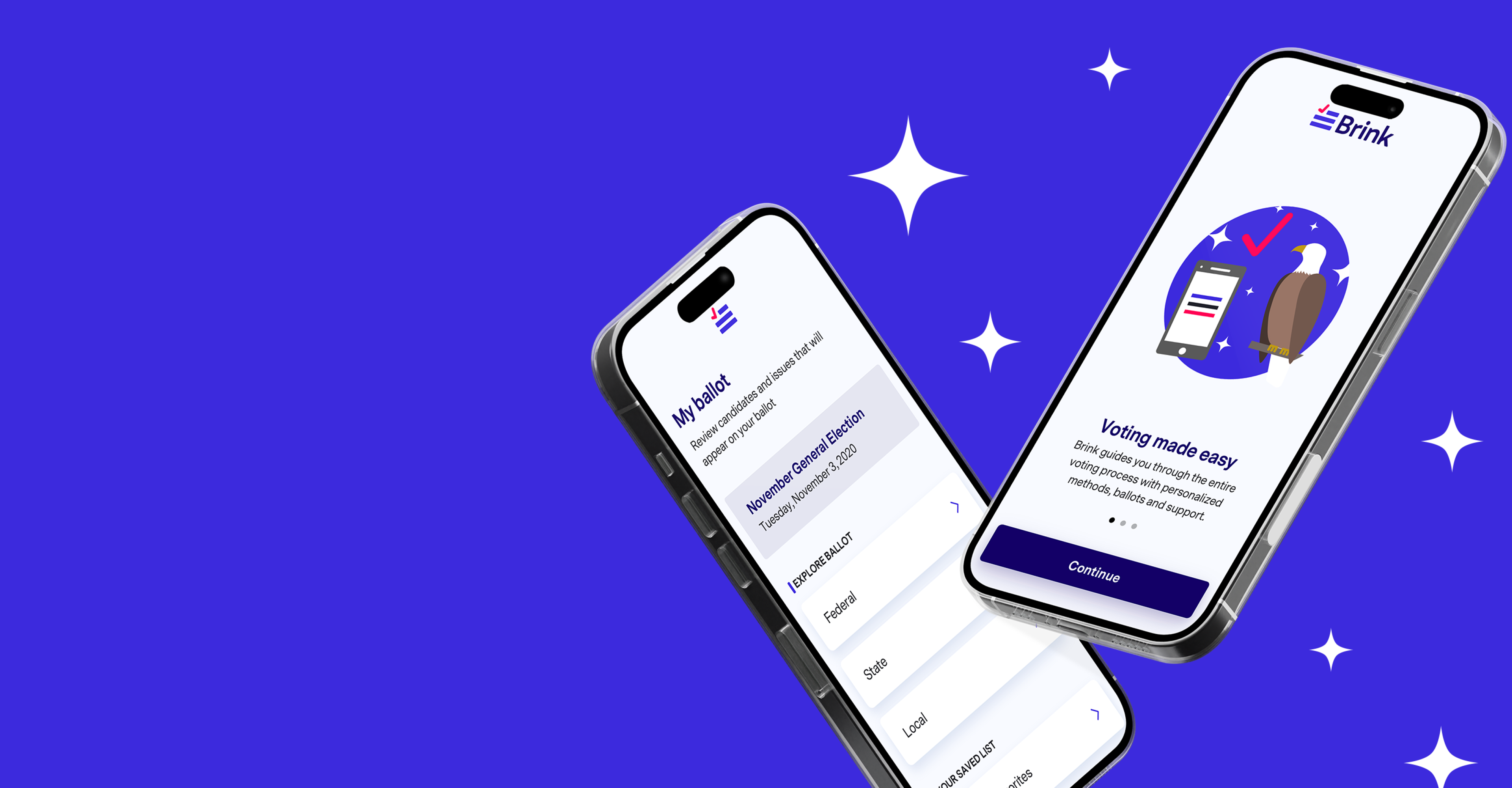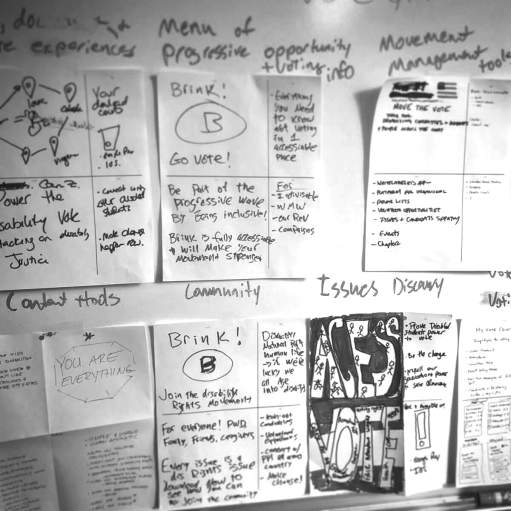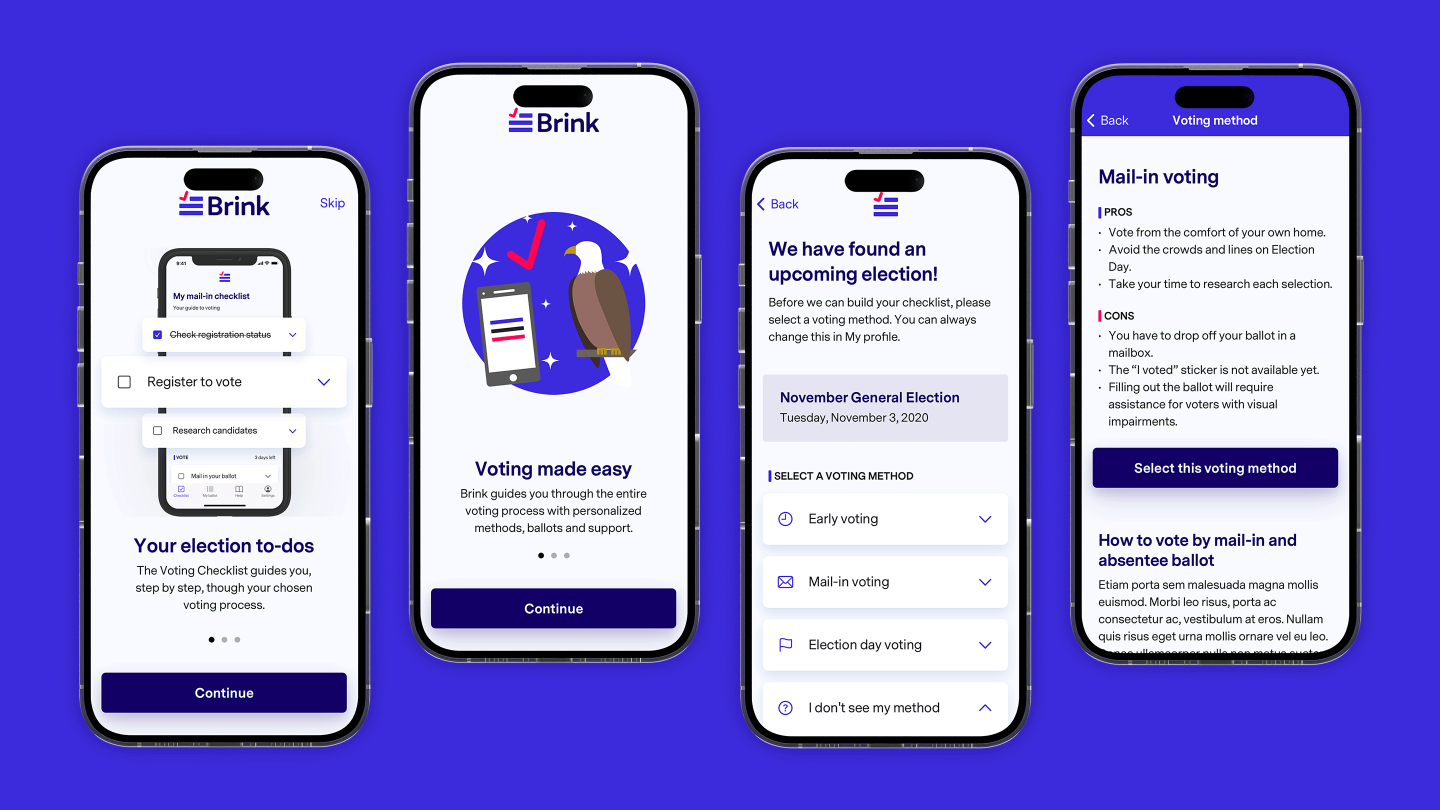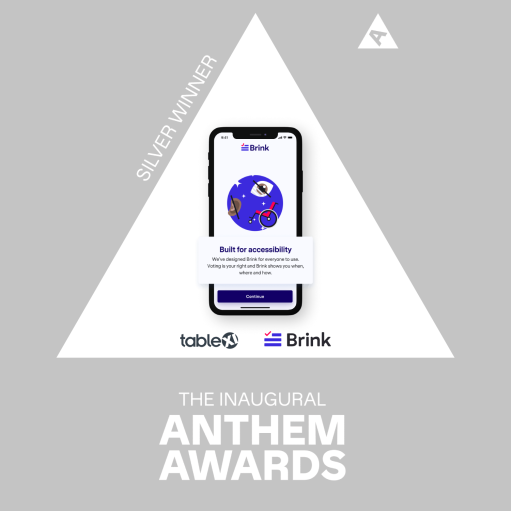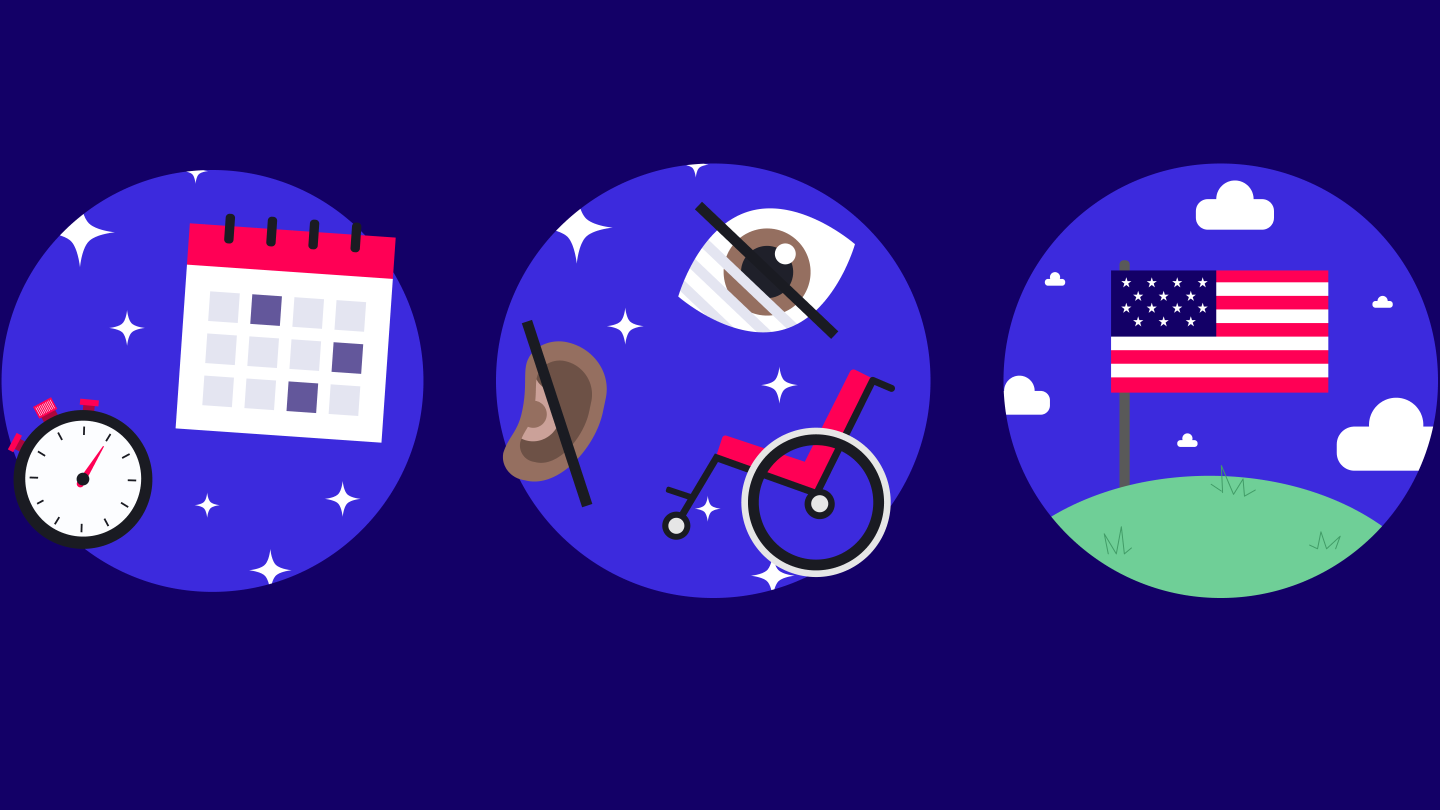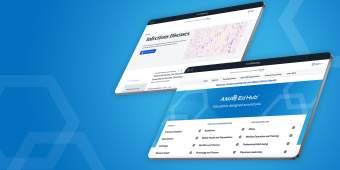Brink’s research had found that voters with disabilities had many different needs — and that sometimes accessibility solutions were in direct opposition with one another. People with Autism, for example, may prefer detailed written information, while people with Dyslexia prefer icons and visual cues. User research allowed us to find the features that made the app easier to use for the greatest number of people.
The Tools
- User Research
- Accessible Design Standards
- UX Design
- React Native
- Content Management System
- Mobile Development
